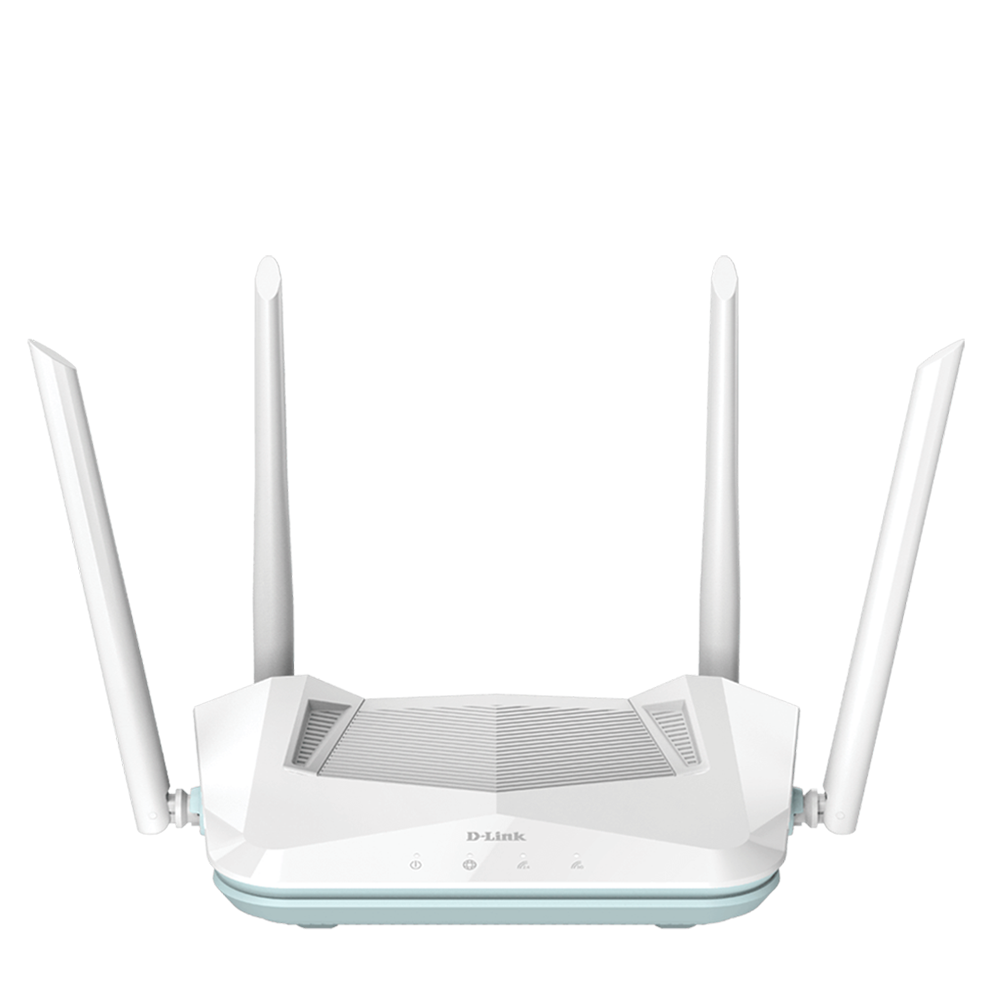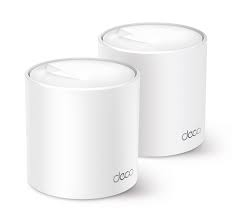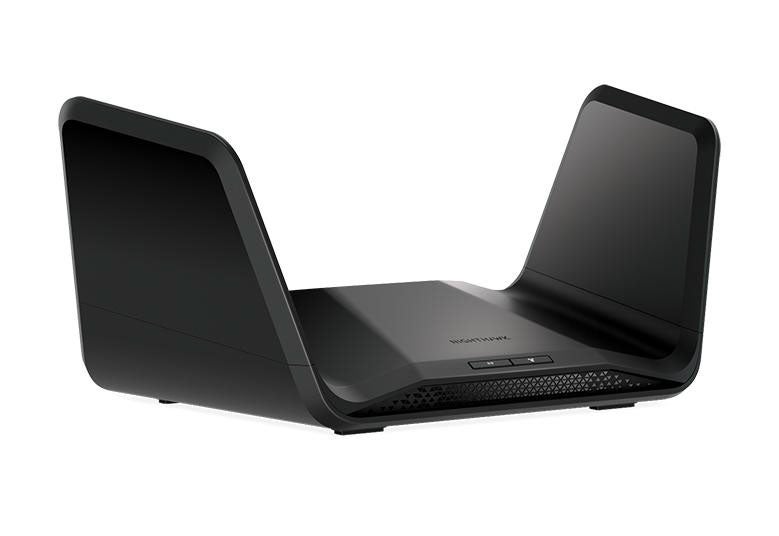If you want to make the most of your souped-up ultra-fast broadband (UFB) home broadband connection, you’ll need a router that can handle the pace. It’s all well and good signing up for a new high-speed plan, however be aware that bottlenecks can occur if your home network isn’t similarly geared for speed.
With this in mind, you should weigh up the full scope of your household’s broadband requirements, and whether your router will ultimately be up to the task.
Broadband providers offer a wide range of UFB plans, typically spanning from download speeds of around 50Mbps (megabits per second) up to around 900Mbps (with hyperfibre plans also arriving to market). When shopping around for a plan, you’ll initially need to match the speed to your usage, and from there you’ll also be able to better assess router suitability.
In the following guide, we take a look at:
- A router’s role in your home network
- What to keep in mind when weighing up broadband speeds and router options
- Key router speed terminology to be aware of
- Other important router features to keep an eye out for
Router’s role: your home broadband traffic conductor
The router is your home broadband traffic conductor, establishing your network and managing the flow of data among your various devices. Most routers can do this via both wireless (wi-fi) and wired (ethernet) connections, depending on your requirements.
In a UFB fibre-to-the-home set-up, the optical network terminal (a small box installed inside your property, often referred to as an ONT) performs the functions of a modem, with the router in turn connecting directly to the ONT via ethernet cable.
Most households will, of course, want a router with speedy wi-fi capabilities. However, also keep in mind the role of wired connections. Connecting data-demanding devices, such as smart TVs and gaming consoles, via Ethernet will help free up the wireless component of your network.
When it comes to wi-fi, most routers broadcast on the 2.4 and 5GHz bands (the 2.4GHz band offers better range, the 5GHz band greater speed). Dividing your devices between these two bands will also help to streamline your network.
How fast is fast enough? What to weigh up when choosing a UFB plan and router
Prior to signing up for a UFB plan, it’s worthwhile determining how fast is fast enough for your household. For instance, you can weigh up your peak speed requirements (what you’ll need during periods of high demand) using an online tool such as a bandwidth calculator.
As covered above, the speed of your connection will depend on both your plan and your router’s capabilities. With this in mind, you’ll need to ensure your router and home network are both geared for speed.
Factors to keep in mind when both choosing a UFB plan and router include:
- Online services – will your household be running multiple Netflix streams in 4K, tuning into Spotify, browsing social media and gaming all at once? If you’re going heavy with the bandwidth, you’ll need a router that can manage the load.
- Number of people and devices connecting – how big is your household? Will there be many devices seeking to connect? More devices to manage means more of a burden on your router.
- Type of devices connecting – will you be going wired with your smart TV and desktop, or will it be wireless all the way? Consider the type of devices connecting and how they will be connecting.
- Household dimensions – coverage for larger areas may present challenges (in which case it may be worthwhile looking at mesh routers).
Router speed: key terms to be aware of
Many broadband providers offer routers with their plans. And it may well be that an included router will be appropriate for your household’s needs. Of course, it’s also worthwhile knowing a bit about how routers work and comparing some of the options available.
The router’s wi-fi standard is a key feature to keep in mind when it comes to its speed and capacity to manage your home network. The standard defines a device’s wireless performance capabilities, with newer versions providing significant upgrades.
There are currently two commonly used wi-fi standards;
- Wi-fi 5 (also known as 802.11ac) – is a widely used standard that has been around for a number of years, offering a range of improvements over its predecessor, wi-fi 4 (also known as 802.11n).
- Wi-Fi 6 (also known as 802.11ax) – is the most recent standard, again offering a range of improvements over predecessor standards.
Of course, keep in mind that to take advantage of a wi-fi 6 router, the devices connecting to the router will also need to support this standard. Many new-release devices do. However, many older, mid-range and budget devices still use wi-fi 5.
It’s worthwhile considering speed capacity in terms of both wired and wireless connections:
- Wi-fi speed – routers typically advertise the total maximum wi-fi Mbps capacity provided across the 2.4 and 5GHz bands. For example, a dual-band AC2900 router can theoretically provide a maximum speed of 2900 Mbps across the 2.4 and 5GHz bands.
- Wired speed – routers with Ethernet 1Gbps (gigabits per second, the equivalent of 1000Mbps) LAN ports are commonly available. As advised above, using wired connections can help free up the wireless component of your network.
Other router features to look out for
Routers are typically equipped with a range of additional technologies, designed to speed up your home network and ensure a streamlined online experience. It’s worthwhile considering how you can collectively take advantage of these features.
Router features to look out for include:
- MU-MIMO (multi-user, multiple-input, multiple-output) – allows for more efficient router communication with multiple devices simultaneously.
- OFDMA (orthogonal frequency-division multiple access) – is a wi-fi 6 feature that improves data transmission, catering for the requirements of multiple devices at once.
- QoS (quality of service) – enables the prioritisation of different applications on a network, allowing for efficient network traffic control.
- Band steering – automatically steers dual-band devices (capable of connecting over both the 2.4 and 5GHz bands) to the less congested 5GHz band.
- Beamforming – detects device locations, focusing the wi-fi signal to where it’s required.
- Ports – as advised above, LAN ports enable the connection of devices via Ethernet.
- Security – routers may support a variety of security protocols, including the WPA, WPA2 and WPA3 protocols, providing varying levels of security.
- App setup and management – many routers come with apps, allowing for set-up and ongoing management of your home network.
Routers
The following is a selection of routers available at a range of price points. Of course, prior to purchasing a new router it is important to also confirm compatibility with your broadband provider.
To get a better idea of the range of features on offer and prices, it’s worthwhile shopping around and comparing different models.

D-Link Eagle Pro AI AX1500 Mesh Router
D-Link’s Eagle Pro AI AX1500 Mesh Router combines wi-fi 6 with AI technology to provide an optimised network – with D-Link stating it “intelligently ensures the fastest speeds are always being automatically delivered” – and is compatible with Amazon Alexa and Google Home devices.
The Eagle Pro’s built-in AI wi-fi optimiser is designed to continuously connect users to the best wi-fi channel, while its AI Traffic Optimiser prioritises critical internet usage for optimal experience and stability.
- Wi-fi – wi-fi 6 (802.11ax)
- Bands – dual-band 2.4 and 5GHz
- Speed – AX1500 (5GHz: up to 1201Mbps; 2.4GHz: up to 300Mbps)
- Coverage – 1-2 bedrooms (compatible with E15 wi-fi Extenders to build a smart mesh network)
- Ports – three Gigabit ports
- Security – WPA, WPA2 and WPA3
- Setup – via the Eagle Pro AI app
- Design – is white and sports a classic router design, measuring in at 251.64 x 166.47 x 194.18mm
The Eagle Pro is also equipped with OFDMA, MU-MIMO, QoS and band steering technologies.
Price – the D-Link website lists the Eagle Pro at $229.99*

TP-Link Deco X50
TP-Link’s Deco X50 is a mesh router that can be expanded via the addition of up to two Deco units, enhancing wi-fi coverage throughout a home. It can also be paired with Amazon Alexa for voice control.
TP-Link states the Deco X50’s AI-Driven Mesh technology automatically learns the network environment, client quality and user behaviours, providing wi-fi unique to your home, with it capable of connecting over 150 devices.
- Wi-fi – wi-fi 6 (802.11ax)
- Bands – dual-band 2.4 and 5GHz
- Speed – AX3000 (5GHz: 2402Mbps; 2.4GHz: 574Mbps)
- Coverage – mesh coverage of up to: 230m2 (one pack), 420m2 (two pack) and 600m2 (three pack)
- Ports – three Gigabit ports (per unit)
- Security – WPA-Personal, WPA2-Personal, WPA3-Personal
- Setup – via the Deco app
- Design – the compact router and units are white and canister-shaped, measuring in at 110 x 110 x 114mm
The Deco X50 is also equipped with OFDMA, MU-MIMO, QoS and band steering technologies.
Price – the Deco X50 (one pack) can be found online priced at around $279, the two pack priced at around $419 and three pack priced at around $649*

Netgear NightHawk RAX70
The Netgear NightHawk RAX70 enables users to access eight wi-fi 6 streams, which Netgear states provides four times “more device capacity and more bandwidth for more streaming, gaming, and browsing”.
The NightHawk RAX70’s three wi-fi bands also pave the way for a less congested, faster and more efficient home network.
- Wi-fi – wi-fi 6 (802.11ax)
- Bands – tri-band 2.4 and 5GHz (x 2)
- Speed – AX6600 (5GHz: up to 4800Mbps; 5GHz: up to 1200Mbps; 2.4GHz: up to 600Mbps)
- Coverage – for very large homes
- Ports – five Gigabit ports
- Security – 802.11i, 128-bit AES encryption with PSK
- Setup – via the Nighthawk app
- Design – is black and compact, measuring in at 347 x 208 x 167mm
Price – the NightHawk RAX70 can be found online priced around $598.99*
*Further information on pricing can be found at individual retailer websites. This should be used as a starter guide and not considered an actual quote.
Compare Broadband with Canstar Blue
To help you get a clearer picture of broadband providers in NZ, Canstar Blue rates all the big providers annually. We survey thousands of broadband customers and ask them to score their providers across categories including Overall Satisfaction, Value for Money and Customer Service. We then award the best broadband providers our Star Ratings and Most Satisfied Customer Award.
^ By clicking on a brand or 'details' button, you will leave Canstar Blue and be taken to either a product provider website or a Canstar Blue NZ brand page. You agree that Canstar Blue NZ’s terms and conditions apply (without limitation) to your use of this service,to any referral to a product provider from our website, and any transaction that follows. Canstar Blue may earn a fee for referrals from its website tables, and from sponsorship (advertising) of certain products. Payment of sponsorship fees does not influence the star rating that Canstar Blue awards to a sponsored product. Fees payable by product providers for referrals and sponsorship may vary between providers, website position, and revenue model. Sponsorship fees may be higher than referral fees. Sponsored products are clearly disclosed as such on website pages. They may appear in a number of areas of the website such as in comparison tables, on hub pages and in articles. Sponsored products may be displayed in a fixed position in a table, regardless of the product’s rating, price or other attributes. The table position of a sponsored product does not indicate any ranking, rating or endorsement by Canstar Blue. See How we are funded for further details.
Canstar Blue NZ research finalised in May 2024, published in June 2024.
See Our Ratings Methodology
The table above is an abridged version of our full research, to find out more about NZ’s best broadband providers, just click on the button below.
Compare broadband providers for free with Canstar!
About the author of this page
![]() This report was written by Canstar author Martin Kovacs. Martin is a freelance writer with experience covering the business, consumer technology and utilities sectors. Martin has written about a wide range of topics across both print and digital publications, including the manner in which industry continues to adapt and evolve amid the rollout of new technologies
This report was written by Canstar author Martin Kovacs. Martin is a freelance writer with experience covering the business, consumer technology and utilities sectors. Martin has written about a wide range of topics across both print and digital publications, including the manner in which industry continues to adapt and evolve amid the rollout of new technologies
Enjoy reading this article?
You can like us on Facebook and get social, or sign up to receive more news like this straight to your inbox.
By subscribing you agree to the Canstar Privacy Policy


Share this article